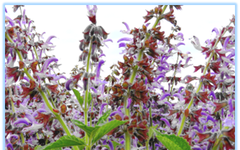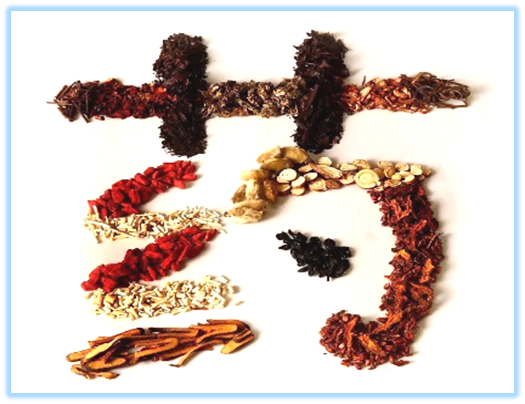
According to market reports, the top 10 best-selling products in the Chinese medicine market in 2020 were: Dan Shen (Salvia miltiorrhiza) injection, Bai Ling capsules, Kang Lai Te injection, Kang Ai injection, Xue Thrombus injection, Dan Hong injection, Xing Nao Jing injection, Kang Fu Xin liquid, Lan Qin oral liquid, and Compound Dan Shen dripping pills. Among these, the medications for cardiovascular diseases include Compound Dan Shen dripping pills and Xue Thrombus injection, both containing Dan Shen, highlighting its importance.
This issue will introduce Dan Shen in Compound Dan Shen dripping pills.
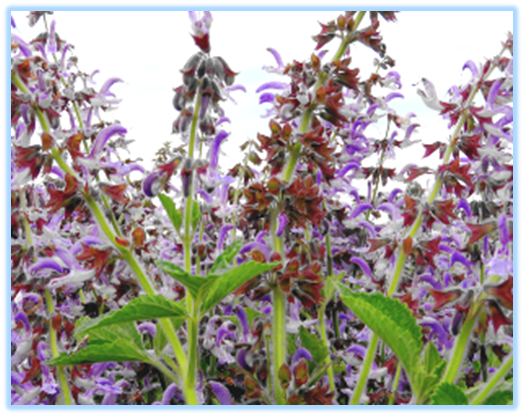
Dan Shen grows in the valleys of Tongbai Mountain and Taishan, and is also found in the Hedong region of Shaanxi and Suizhou. In February, seedlings emerge, reaching about one foot in height, with square stems that are green. The leaves are opposite and hairy, resembling mint. In March, it blooms with red-purple flowers, similar to those of the Su flower. The roots are red, finger-sized, and over a foot long, with several roots per seedling, harvested in May and dried in the sun.
Dan Shen is used for its roots, which are red and resemble ginseng, hence the name Dan Shen.This product is the dried root and rhizome of the Lamiaceae plant Dan Shen. It is harvested in spring and autumn, with early November being the best time. Before harvesting, the above-ground stems and leaves are removed, and a deep trench is dug to expose the roots, which are carefully excavated to prevent breakage. After harvesting, the remaining stems are trimmed, and the roots are cut at the mother root, aligned, sun-dried, and occasionally turned. When 70-80% dry, they are bundled and further sun-dried until fully dry. The processing involves cleaning impurities, removing the rhizomes, washing, soaking, slicing, and air-drying.
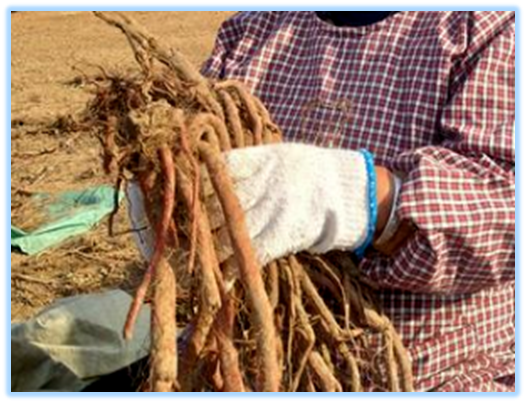
This product is bitter in taste, slightly cold in nature, and enters the Heart and Liver meridians to dispel blood stasis and relieve pain, invigorate blood circulation, and clear the heart to alleviate irritability. It is primarily used for irregular menstruation, dysmenorrhea, masses, stabbing pain in the chest and abdomen, hot bi syndrome, sores and swelling, irritability and insomnia; liver and spleen enlargement, and angina pectoris.
In herbal medicine, red represents the heart, which is beneficial to the five organs, and the name containing ‘shen’ indicates its nourishing properties. It drives blood circulation, thus Dan Shen also nourishes blood. It is effective in promoting circulation and resolving stasis, and its slightly cool nature helps to clear the heart and alleviate irritability. In summary: stagnant blood can be activated, heat in the blood can be cleared, and blood deficiency can be nourished. Additionally, its cold nature has the effect of invigorating blood and reducing swelling, used for sores and swelling. It can also cool the blood and calm the spirit, used for warm diseases with heat entering the blood, irritability, and restlessness due to blood not nourishing the heart. Dan Shen is neutral in nature, dispels stasis and generates new blood, invigorates blood without harming the upright qi, and the efficacy of a single Dan Shen decoction is said to be comparable to that of the Si Wu Decoction.
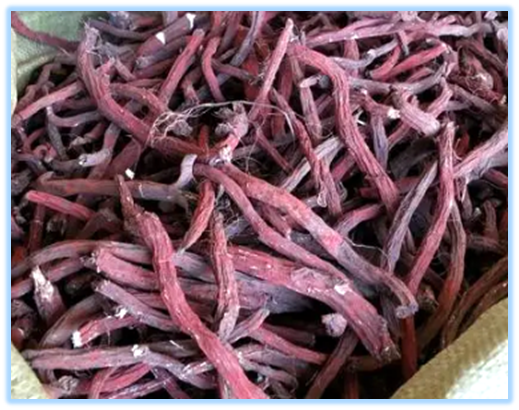
In daily life, common injuries such as sprains, bruises, and swelling can be treated with Dan Shen, Liu Ji Nu, Ji Xue Teng, and Chi Shao Yao, four herbs for blood stasis. For irregular menstruation, it can be combined with Dang Gui (Angelica sinensis), for treating injuries, it can be used in wine for internal consumption, and for insomnia and irritability, it can be combined with Zao Ren (Ziziphus jujuba) and Wu Wei Zi (Schisandra chinensis). For blood stasis headaches, Dan Shen can be taken alone in powdered form.
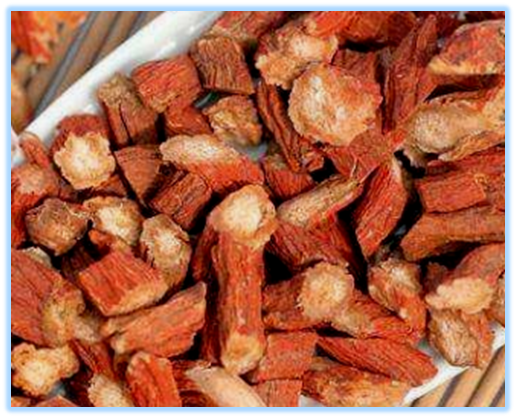
Dan Shen’s ability to invigorate blood and dispel stasis is particularly effective in unblocking the blood vessels of the heart, making it useful for coronary heart disease and cardiovascular diseases. It can be combined with Pu Huang (Typhae Pollen), Wu Ling Zhi (Flying Squirrel Feces), and Yu Jin (Curcuma longa) to enhance its dispersing power. This product is effective for menstrual disorders, dysmenorrhea, and postpartum complications due to qi stagnation and blood stasis, often combined with Tao Ren (Peach Kernel), Dang Gui Wei (Tail of Angelica), and Hong Hua (Carthamus tinctorius). Dan Shen also has the remarkable ability to nourish blood and calm the heart, effective for palpitations and insomnia due to insufficient heart blood, often combined with Long Gu (Dragon Bone), Mu Li (Oyster Shell), and Zao Ren.
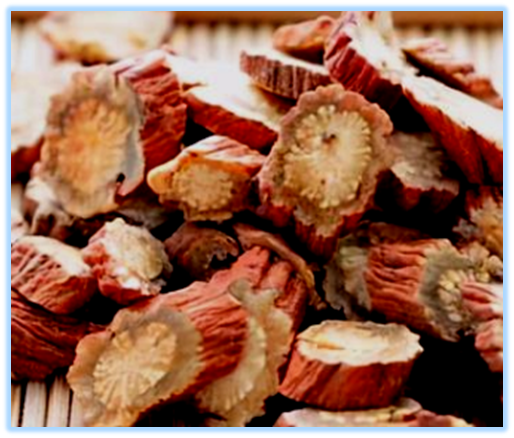
This product has short, thick rhizomes, sometimes with remnants of the stem base at the top. The roots are cylindrical, slightly curved, with some branching and fine root hairs, the surface is brown-red or dark brown-red, rough, with longitudinal wrinkles. The old roots have loose outer skin, often showing purple-brown color, and may flake off in scales. The texture is hard and brittle, with a loose fracture surface, which may be cracked or slightly smooth and dense. The skin is brown-red, the wood part is gray-yellow or purple-brown, and the vascular bundles are yellow-white, arranged in a radial pattern. The aroma is faint, and the taste is slightly bitter and astringent. Cultivated products are sturdier, with a diameter of 0.5-1.5 cm. The surface is reddish-brown, with longitudinal wrinkles, and the outer skin is tightly adhered and not easily peeled off. The texture is solid, with a relatively smooth fracture surface, slightly keratinous.
Currently, Dan Shen from Shandong is gradually being harvested, with specifications divided into selected roots, mixed roots, and slices categorized into mixed goods and premium goods. The production areas include Henan Dan Shen, Anhui Dan Shen, and Shandong products. Juxian County in Shandong Province is one of the main production areas for Dan Shen. Juxian has a long history of Chinese medicinal herb cultivation and has become the largest distribution center for high-quality Chinese medicinal materials in Shandong Province. The Dan Shen produced in Juxian has a high yield and quality, with the Dan Shen II A content reaching 0.42% (the national standard is 0.2%), and is popular in Japan, South Korea, and Southeast Asia.

To identify genuine Dan Shen, first examine its appearance; genuine products have longitudinal wrinkles while counterfeit products often have several roots intertwined with rough wrinkles. Second, check the color; genuine products have a brown-red surface while counterfeit products appear light red. Third, genuine products have a radial texture on the fracture surface while counterfeit products do not. Dan Shen can also be identified by soaking in water; genuine Dan Shen roots produce a colorless solution after soaking, with the herbs slightly swelling, while counterfeit products are dyed and processed, producing a red solution after soaking in warm water, and the herbs turn light red. The water-soluble Dan Shen shows bright blue-gray fluorescence under a 365nm UV lamp, while counterfeit products show no fluorescence.

This article is an original/compiled work by Chinese Pharmacy.
Reproduction without permission is prohibited.
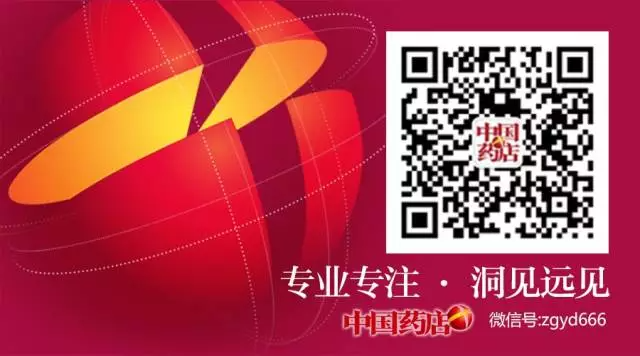
Long press the image above for 3 seconds to scan the QR code and follow us.
Dear, the Chinese Pharmacy public account is continuously collecting articles. If you wish to express your thoughts, document your life, or share experiences… you can send your works in text or image format to [email protected] (email), compensation=200 yuan + reading volume * 0.01 yuan. Please indicate your contact information when submitting.
Let others know you are “watching”↘

